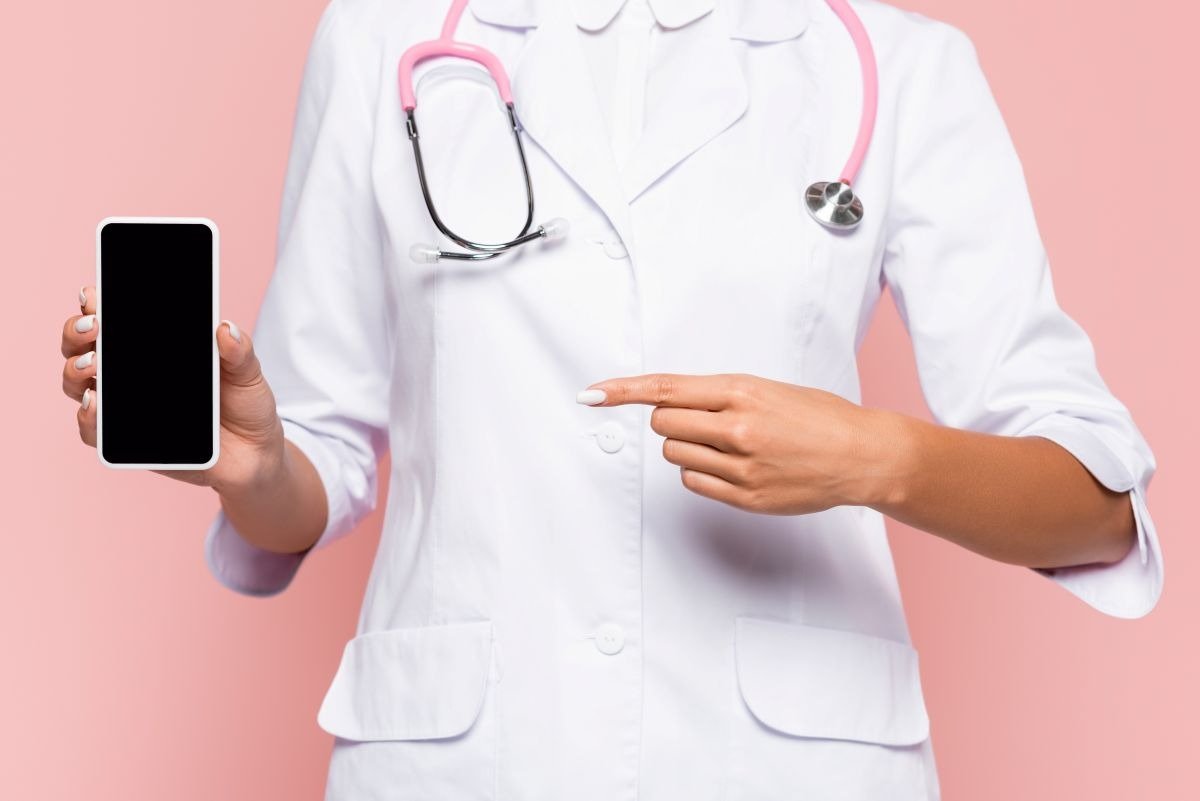Social Media Management Tips in Health Tourism

Health tourism today is not just about receiving treatment;
it also offers an opportunity for people to explore different cultures,
rejuvenate, and take time for themselves. But what role does social media play
in this fascinating world? How can you use it effectively?
Why Is Social Media Important for Health Tourism?
Social media has become an essential part of our lives.
However, when it comes to health tourism, these platforms go beyond being mere
communication tools. Imagine a patient or a potential health tourist—before
deciding on a country, hospital, or doctor, they first research them on social
media. A photo shared on Instagram, a patient experience video on YouTube, or a
tweet on Twitter can significantly influence their decision.
Social media acts as a showcase for health tourism.
Presenting yourself properly in this showcase, demonstrating reliability and
accessibility, is the first step to winning potential patients' trust.
Additionally, social media allows you to reach people worldwide and share your
story with them. This is not just a marketing strategy but also a process of
building trust.
Which Social Media Platforms Are Suitable for Health Tourism?
Each social media platform has its own language and
audience. Choosing the right platform in a specialized field like health
tourism is the key to reaching your target audience. Instagram is great for
using the power of visual storytelling by sharing before-and-after treatment
stories of patients. YouTube is ideal for providing more detailed information,
conducting doctor interviews, or offering hospital tours.
LinkedIn is effective
for networking among health tourism professionals and institutions. Twitter can
be used to share current news, follow health tourism trends, and receive quick feedback. Each platform has its own
unique spirit; the important thing is to capture that essence and establish a
genuine connection with your audience.
How Should Hashtags Be Used in Health Tourism?
Hashtags are small yet powerful tools that make your content
discoverable on social media. However, when using hashtags in a sensitive field
like health tourism, caution is necessary. Besides general and popular
hashtags, you should create unique ones for your brand. For example, hashtags
like #HealthTourismTurkey or #MyAestheticJourney can help highlight your brand.
Also, ensure that the hashtags you use are meaningful and
relevant to your target audience. Instead of overloading your posts with too
many hashtags, selecting a few high-impact ones will be more effective.
Remember, hashtags work like keywords—if you use the right key, you’ll unlock
the right door.
Optimize Your Social Media Accounts for SEO
Social media and SEO are two complementary elements. In a
highly competitive field like health tourism, optimizing your social media
accounts for SEO will enhance your visibility.
Small but effective steps—such as using keywords in your
profile information, keeping your descriptions clear and concise, and directing
links properly—can help you rank higher in search engines.
Additionally, adding relevant keywords to your content and
linking them to your blog pages will increase traffic to both your social media
and website. SEO is like running a marathon; patience and consistency will
bring long-term success.
Best Times to Share Health Tourism Content on Social Media
Timing is crucial when sharing content on social media.
Especially in an international field like health tourism, considering different
time zones is essential. For example, morning hours may be better for your
European audience, while evening hours may work better for your U.S.-based
audience.
Generally, between 8-10 AM and 7-9 PM are the peak hours
when social media users are most active. Posting during these times may result
in higher engagement. However, the best approach is to tailor your posting
schedule based on your audience’s habits. By using analytics tools, you can
determine when your audience is most active and plan your content accordingly.
Leverage the Power of Storytelling on Social Media
Health tourism offers life-changing experiences, and the
most effective way to convey these experiences is through storytelling. Sharing
patients' before-and-after treatment journeys can be both inspiring and
trust-building for potential patients.
For example, a video documenting a patient’s recovery
process or a live session where a doctor explains treatment methods can create
a deeper connection with your audience. People make decisions based on
emotions. The more authentic and touching your stories are, the more effective
they will be.
 Türkçe
Türkçe English
English